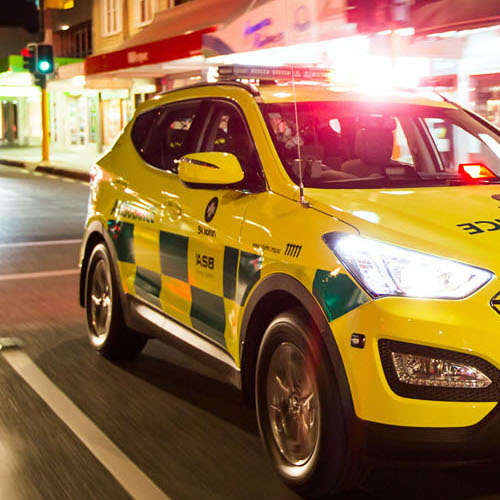
Non-University Ambulance Courses in Australia and New Zealand: A Pathway to Paramedic Practice
While university programs offer comprehensive paramedic education, they are not the only pathway to becoming a paramedic in Australia and New Zealand. Non-university ambulance courses provide an alternative route for individuals passionate about emergency care to enter the field. In this blog post, we will explore non-university ambulance courses available in Australia and New Zealand, highlighting the opportunities they offer for aspiring paramedics.
Non-University Ambulance Courses in Australia:
-
Diploma of Paramedical Science:
- The Paramedic Training College
- Paramedical Services Australia
- Paramedical Training Australia
- Australian Paramedical College
-
Certificate III and IV in Health Care:
- TAFE institutions across various states offer healthcare courses that can serve as a stepping stone toward a paramedic career. These courses provide foundational knowledge and skills in emergency care.
Non-University Ambulance Courses in New Zealand:
-
Diploma in Paramedic Science:
- New Zealand Certificate in Health and Wellbeing (Level 4)
- New Zealand Diploma in Ambulance Practice (Level 5)
-
Ambulance Officer Certificate:
- Whitireia Community Polytechnic
Overview
Non-university ambulance courses focus on providing students with the fundamental knowledge and skills required for entry-level positions in the pre-hospital care sector. These courses typically cover topics such as basic life support, patient assessment, communication, and emergency medical procedures.
Practical Experience and Clinical Placements: To ensure students gain practical experience, non-university ambulance courses often include clinical placements or internships. These opportunities allow students to apply their knowledge and skills in real-world settings under the guidance of experienced paramedics. Clinical placements provide valuable hands-on experience, enabling students to develop confidence and competence in delivering emergency care.
Recognition and Career Pathways: Completion of non-university ambulance courses can lead to employment as an ambulance officer, emergency medical technician (EMT), or patient transport officer. These roles provide a solid foundation for individuals seeking to pursue further career advancement or transition into university-level paramedic programs in the future.
Professional Development: Similar to university-educated paramedics, graduates of non-university ambulance courses are encouraged to engage in continuous professional development. This includes attending workshops, conferences, and specialized training programs to enhance their skills, knowledge, and keep abreast of advancements in pre-hospital care.
Conclusion
Non-university ambulance courses offer an alternative pathway for individuals passionate about emergency care to enter the field of paramedicine in Australia and New Zealand. These courses provide foundational knowledge, practical skills, and clinical experience necessary for entry-level positions in the pre-hospital care sector. Whether pursuing a career as an ambulance officer or using it as a stepping stone toward further education, non-university ambulance courses offer a valuable opportunity to make a difference in emergency healthcare.
Note: The list of non-university ambulance courses provided is not exhaustive and may be subject to change. It is advisable to visit the respective institution's websites or contact them directly for the most up-to-date information on course offerings.
